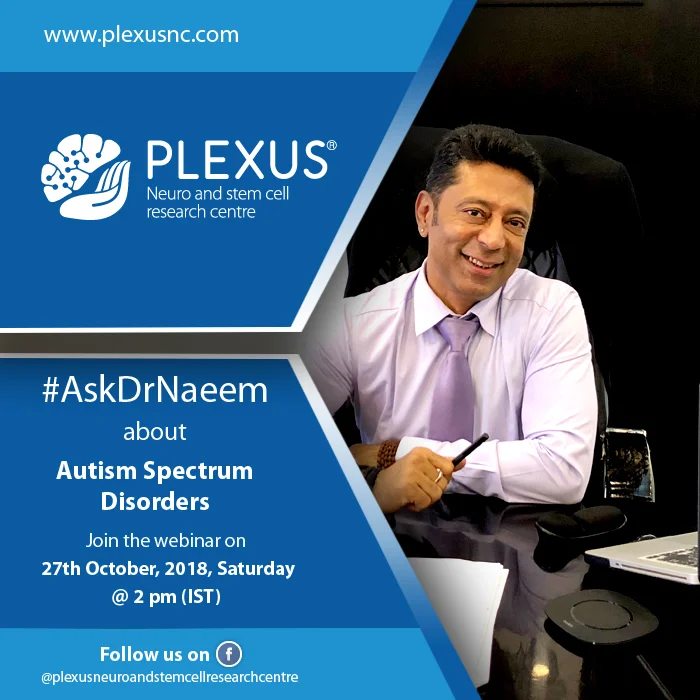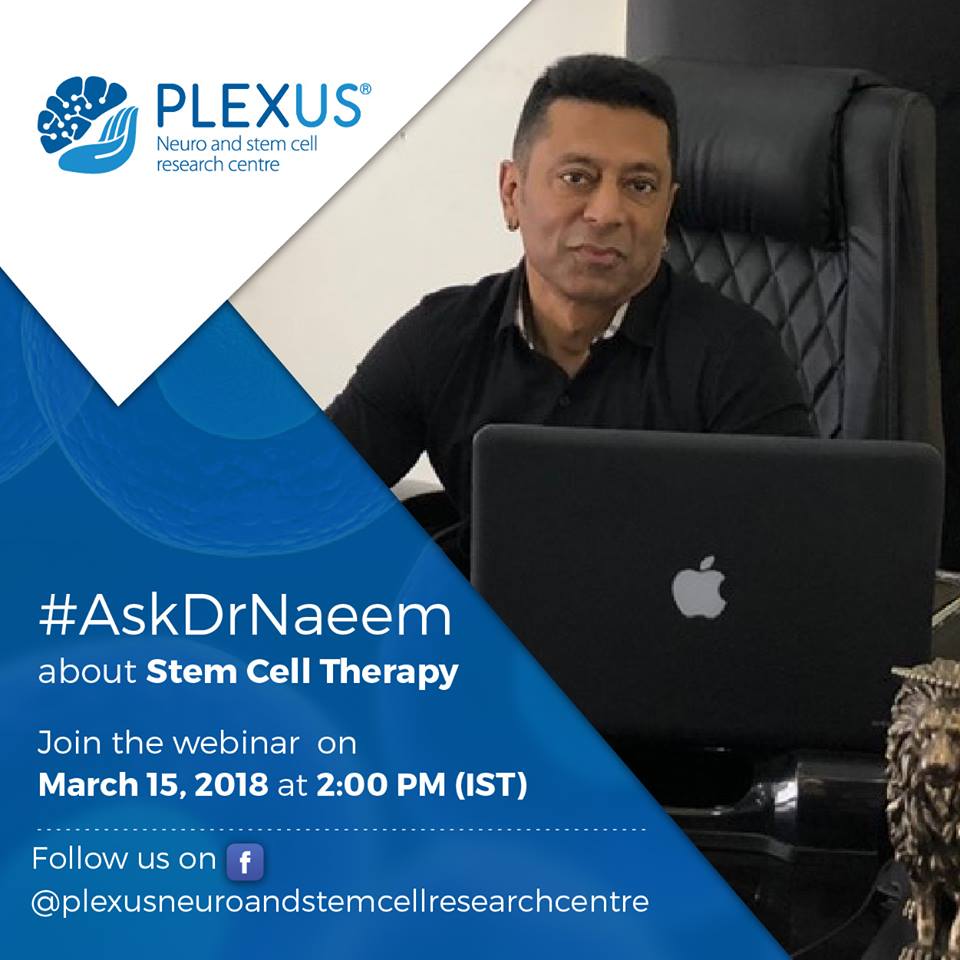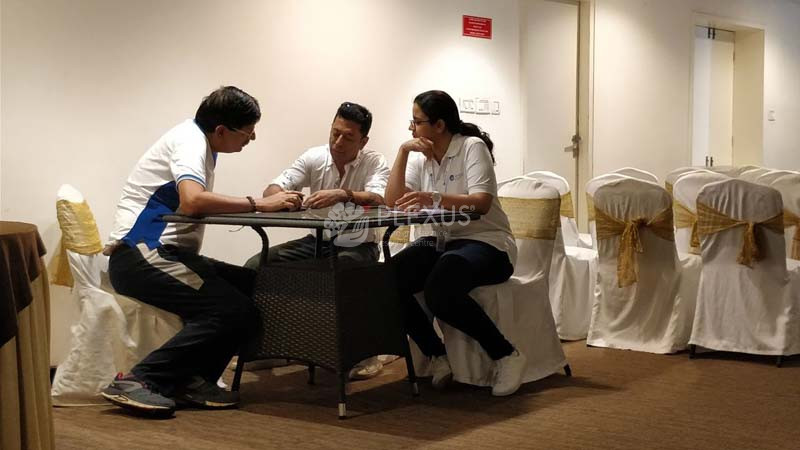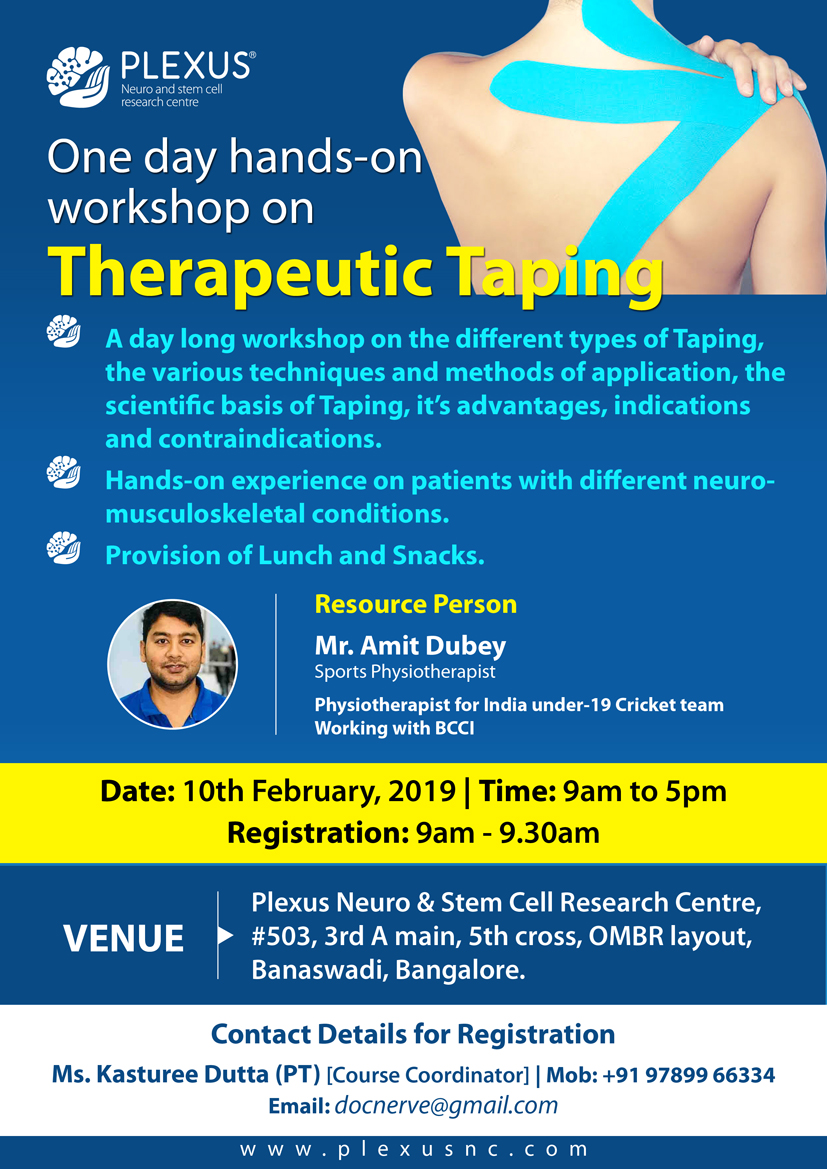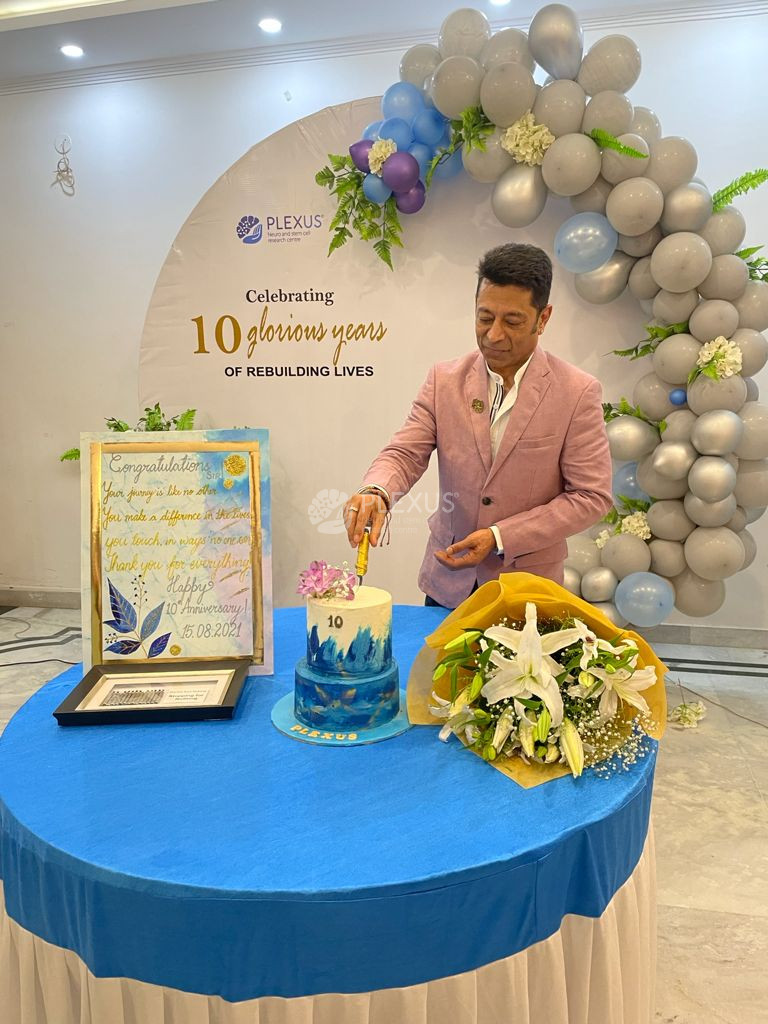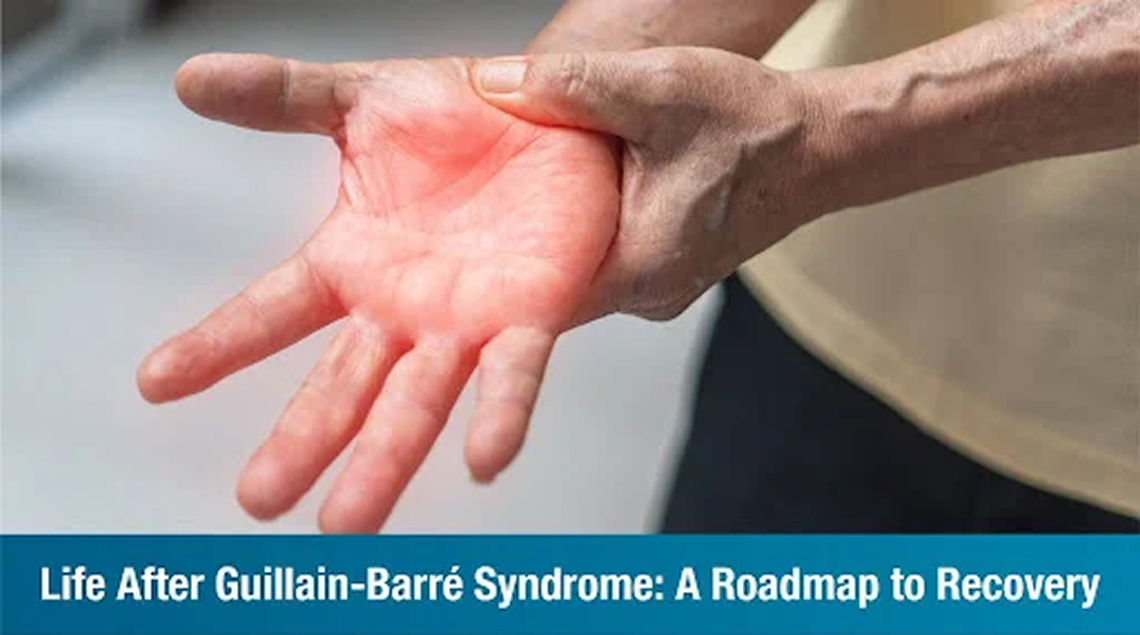
Guillain-Barré Syndrome (GBS) is a rare but serious autoimmune condition where the body’s immune system mistakenly attacks its own nerves, leading to weakness, numbness, and even paralysis. While recovery is possible, the journey requires specialized rehabilitation and long-term care.
If you or a loved one is recovering from GBS, here’s everything you need to know about causes, recovery, challenges, and long-term care.
Understanding Guillain-Barré Syndrome (GBS)
GBS affects the peripheral nervous system, disrupting the signals between the brain and muscles. This leads to muscle weakness, pain, and mobility issues. In severe cases, patients may experience respiratory problems and require intensive care.
Causes of Guillain-Barré Syndrome
The exact cause of GBS is unknown, but it often develops after an infection. The immune system, in an attempt to fight the infection, mistakenly attacks the protective myelin sheath around nerves, leading to nerve damage and loss of communication with muscles.
Common Triggers for GBS:
- Campylobacter infection – A bacteria found in undercooked poultry, often linked to GBS.
- Viral infections – Including Influenza, Cytomegalovirus, Epstein-Barr virus, Zika virus, and HIV.
- Hepatitis (A, B, C, E) – Can sometimes trigger an immune response leading to nerve damage.
- Surgery – Rarely surgical procedures have been associated with GBS onset.
- Hodgkin’s Lymphoma – Certain immune-related cancers can increase risk.
- Vaccinations – In extremely rare cases, influenza or childhood vaccinations have been linked to GBS.
GBS can affect anyone, but young adults and men are at higher risk.
The GBS Recovery Process: What to Expect
Recovery from GBS is slow and happens in phases:
1. Acute Phase (Hospitalization & Initial Treatment)
- Plasma Exchange & IVIG Therapy – These help reduce nerve damage.
- Breathing & Mobility Support – Severe cases may require ventilators or wheelchairs.
- Pain & Inflammation Management – Medications are used to ease nerve pain.
2. Rehabilitation Phase (Regaining Strength & Function)
- Physiotherapy helps strengthen muscles and regain movement.
- Occupational Therapy focuses on relearning daily activities.
- Speech Therapy assists those with swallowing or communication issues.
3. Long-Term Recovery (Adjusting to Normal Life Again)
- Nerve repair takes time – Some recover in months, others take years.
- Consistent therapy is key – Muscle strength and mobility must be rebuilt.
- Managing fatigue & residual pain – Care plans help in reducing discomfort.
Challenges After Guillain-Barré Syndrome
- Fatigue & Weakness – Many experience ongoing tiredness.
- Nerve Pain – Tingling, burning, or shooting pains may persist.
- Mobility Issues – Some need assistive devices like walkers or braces.
- Mental Health Effects – Anxiety and depression are common after a long recovery.
Long-Term Care & Lifestyle Adjustments
- Regular Physiotherapy – Keeps muscles strong and prevents stiffness.
- Balanced Nutrition – Supports nerve regeneration with omega-3s & antioxidants.
- Pain Management – Heat therapy, massage, and medication may help.
- Mental Health Support – Counseling and mindfulness reduce emotional stress.
- Energy Conservation Strategies – Learning to balance activity & rest prevents fatigue.
At Plexus Neuro Centre, we provide expert neurological rehabilitation for Guillain-Barré Syndrome with personalized therapy, pain management, and long-term recovery support.
WhatsApp: +91 89048 42087
+917815964668
(Hyderabad) | +91 93555 33404 (Bangalore)
Recovery is possible—let’s take the next step together
FAQ’s
1. What are the long-term effects of Guillain-Barré Syndrome?
Some may experience fatigue, weakness, or nerve pain, but most recover fully.
2. How long does it take to recover from GBS?
Recovery varies. Mild cases take a few months, while severe cases may take up to two years.
3. What treatment options help with GBS recovery?
A combination of physiotherapy, occupational therapy, pain management, and nutrition is essential.
4. What role do neurological specialists play in treatment?
They oversee treatment plans, monitor recovery, and recommend rehabilitation strategies for better outcomes.
5. What is the expected recovery time with treatment?
With consistent therapy and care, most patients recover within 6 months to 2 years.

